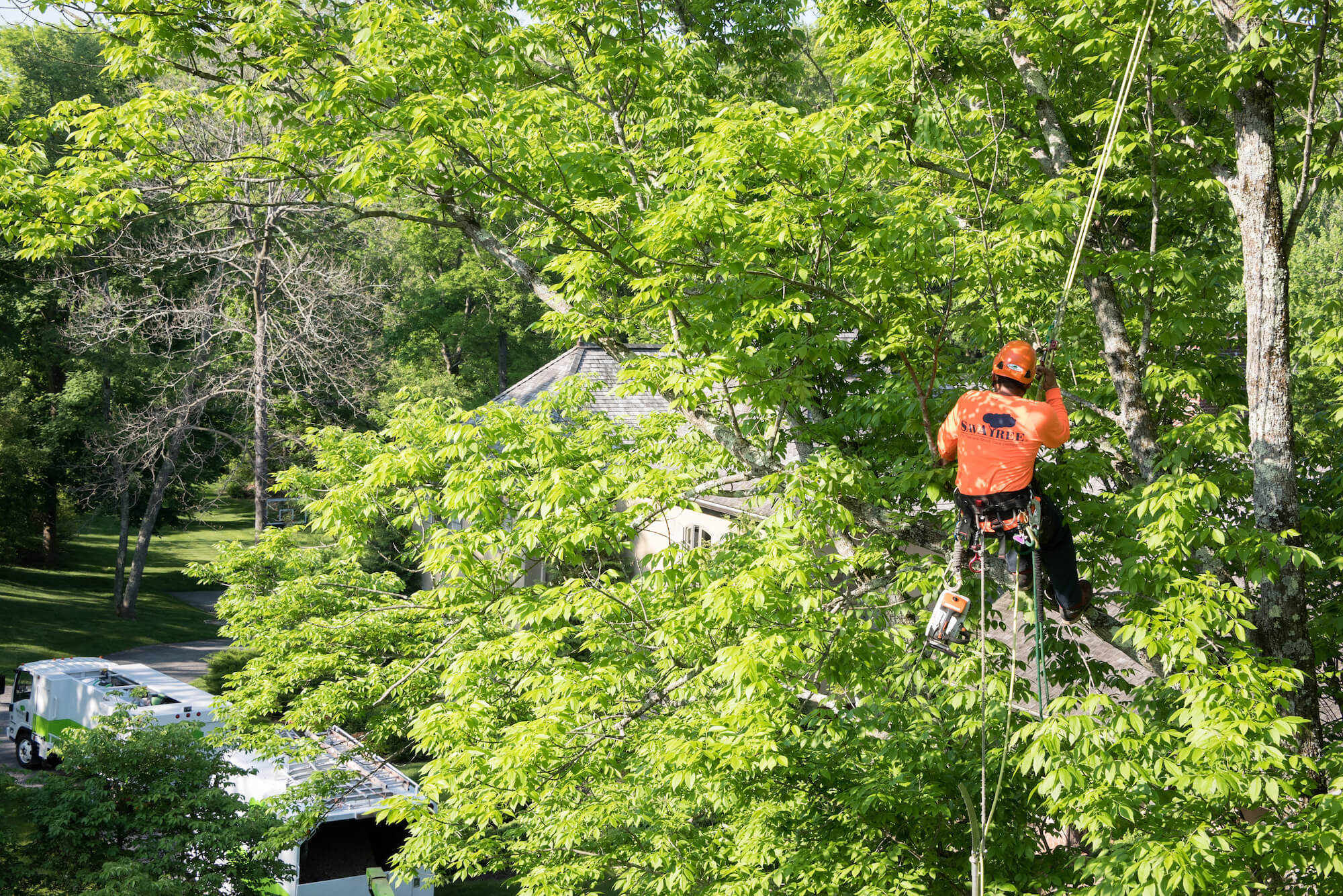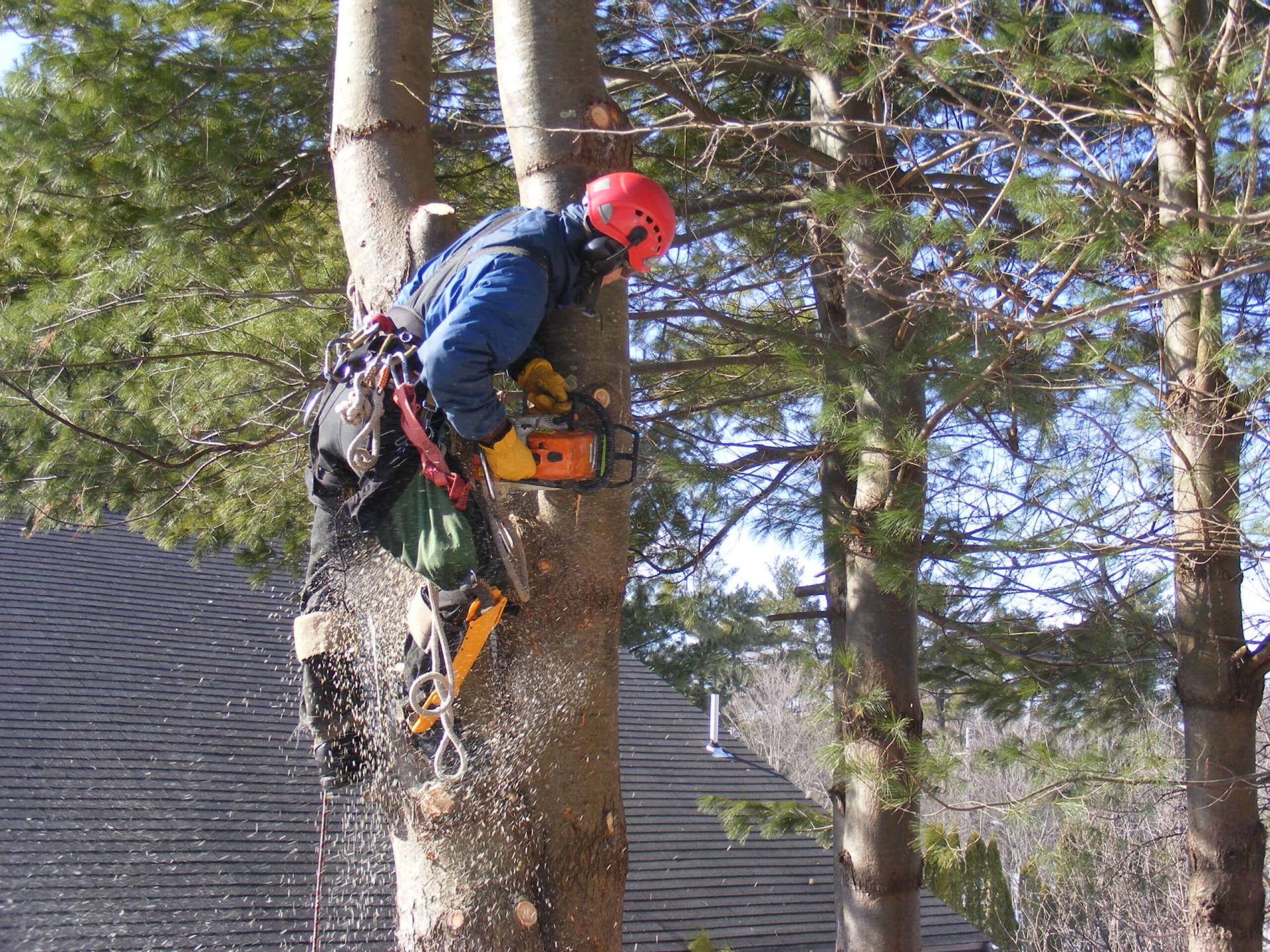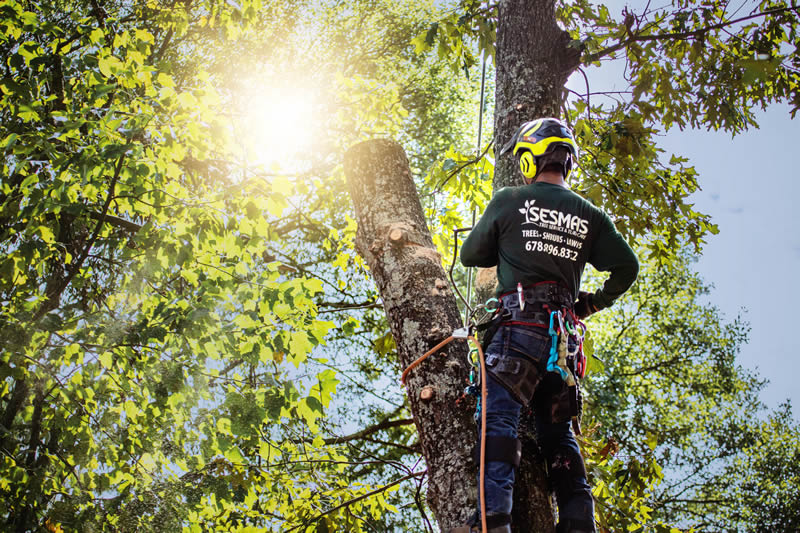Comprehending the Importance of Tree Conservation and Conservation Practices in Urban Areas
In the bustling landscape of urban environments, trees frequently stand as silent guardians, offering a wide range of benefits that extend much beyond their visual allure. Recognizing the significance of tree conservation and preservation practices in these areas is not merely an all natural technique however an environmental factor to consider to promoting durable and sustainable areas. As we check out the interwoven fabric of ecological, social, and economic benefits that metropolitan trees provide, it becomes evident that their conservation is essential for the wellness of future and existing generations. Let us start a journey to uncover the crucial role that trees play fit the urban landscapes of tomorrow.
Environmental Advantages of Trees in Cities
Trees in urban areas play a crucial duty in supplying different environmental advantages, adding to the general wellness of city occupants. One significant benefit is the renovation of air high quality. Trees function as all-natural filters, absorbing pollutants such as carbon monoxide gas, sulfur dioxide, and nitrogen dioxide, and launching oxygen right into the atmosphere. This procedure aids decrease the concentration of unsafe gases, making the air cleaner and much healthier for residents.

Moreover, trees add to water monitoring by minimizing stormwater runoff and dirt erosion. Their origin systems take in excess water, avoiding flooding and filtering system contaminants before they get to water bodies. This all-natural process assists maintain water top quality and secures water communities in city locations. Generally, the environmental advantages of trees in cities are crucial for producing sustainable and comfortable urban environments.
Social Value of Urban Tree Conservation
In contemporary metropolitan landscapes, the preservation of trees holds substantial social significance for fostering area well-being and improving high quality of life. Urban tree conservation plays an essential duty in developing rooms for social communication and area involvement. Trees provide gathering places for individuals, such as parks and green areas, where communities can come with each other for recreational activities, get-togethers, and leisurely strolls. The existence of trees in metropolitan settings has been linked to reduced degrees of stress and anxiety, boosted psychological health and wellness, and boosted sensations of wellness among citizens. Furthermore, trees add to the appearances of communities, developing aesthetically enticing environments that enhance the overall livability of metropolitan areas.

Economic Value of Tree Preservation
The preservation and conservation of urban trees offer significant financial advantages that add to the overall monetary well-being of cities and areas. Urban trees give a broad array of economic benefits that favorably impact regional economic climates. One substantial economic advantage of tree preservation is the boost in property values. this content Trees boost the aesthetic allure of neighborhoods, bring about higher home values and attracting prospective buyers or lessees. Urban trees assist lower power expenses by offering color in the summertime and acting as windbreaks in the winter, therefore lowering the need for home heating and cooling systems.
Furthermore, trees play an essential role in minimizing stormwater runoff and mitigating the effects of flooding, which can cause cost savings for cities in regards to framework maintenance and repair work. Urban trees additionally contribute to enhanced air quality by taking in contaminants and launching oxygen, causing prospective savings in healthcare prices related to breathing illnesses. By recognizing and spending in the financial worth of tree conservation, cities can promote lasting growth, boost high quality of life, and produce even more durable metropolitan environments.
Strategies for Lasting Urban Tree Administration
A detailed technique to sustainable city tree monitoring includes integrating diverse methods that prioritize lasting ecological health and community well-being. Implementing tree supplies and analyses is crucial to recognize city tree populations, their health and wellness, and upkeep needs. Normal pruning, watering, and mulching are original site crucial practices to guarantee tree vitality. Furthermore, adopting tree growing programs that concentrate on climate-resilient and native varieties can enhance metropolitan biodiversity and sustainability.
Community engagement plays a crucial function in lasting metropolitan tree administration. Educating homeowners concerning the advantages of trees, arranging tree growing occasions, and involving volunteers in tree treatment tasks fosters a sense of ownership and stewardship. Collaboration between local government, ecological organizations, and locals is essential to creating and implementing effective tree administration plans.
Spending in environment-friendly framework, such as environment-friendly roofs and urban forests, can give numerous benefits, including boosted air top quality, stormwater monitoring, and metropolitan heat island reduction. RC Property Services Guilford CT. Integrating trees into city planning and design processes makes certain that trees are valued as essential components of a durable and healthy urban environment
Area Involvement in Tree Conservation
Community participation is a fundamental component in promoting sustainable urban tree monitoring practices and making certain the lasting health and preservation of urban tree populaces. Engaging the area in tree conservation initiatives can bring about boosted awareness, admiration, and stewardship of trees within metropolitan areas. When residents proactively take part in tree maintenance, growing, and preservation efforts, they establish a sense of ownership and satisfaction in their neighborhood environment.
Community involvement likewise promotes social communication and cooperation among locals, local authorities, and ecological companies, fostering a shared duty for urban tree conservation. By arranging tree growing events, instructional workshops, and volunteer opportunities, areas can interact to enhance the urban tree cover and produce greener, healthier cities. Furthermore, entailing citizens in decision-making procedures regarding tree monitoring ensures that diverse point of views and neighborhood understanding are taken into consideration, bring about a lot more sustainable article and reliable preservation techniques. Tree service guilford ct. Eventually, area participation plays an important function in building thriving and resistant city woodlands for future generations to take pleasure in.
Conclusion
To conclude, city tree preservation and conservation techniques play an essential role in improving the environmental, social, and financial wellness of cities. By recognizing the worth of trees in city locations and implementing lasting administration methods, neighborhoods can enjoy the countless benefits that trees provide. It is vital for stakeholders to proactively take part in tree preservation efforts to make certain a greener and healthier city atmosphere for future and present generations.
